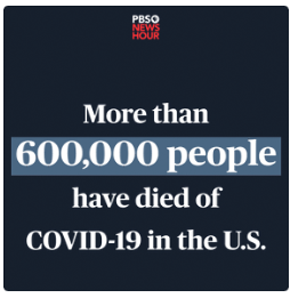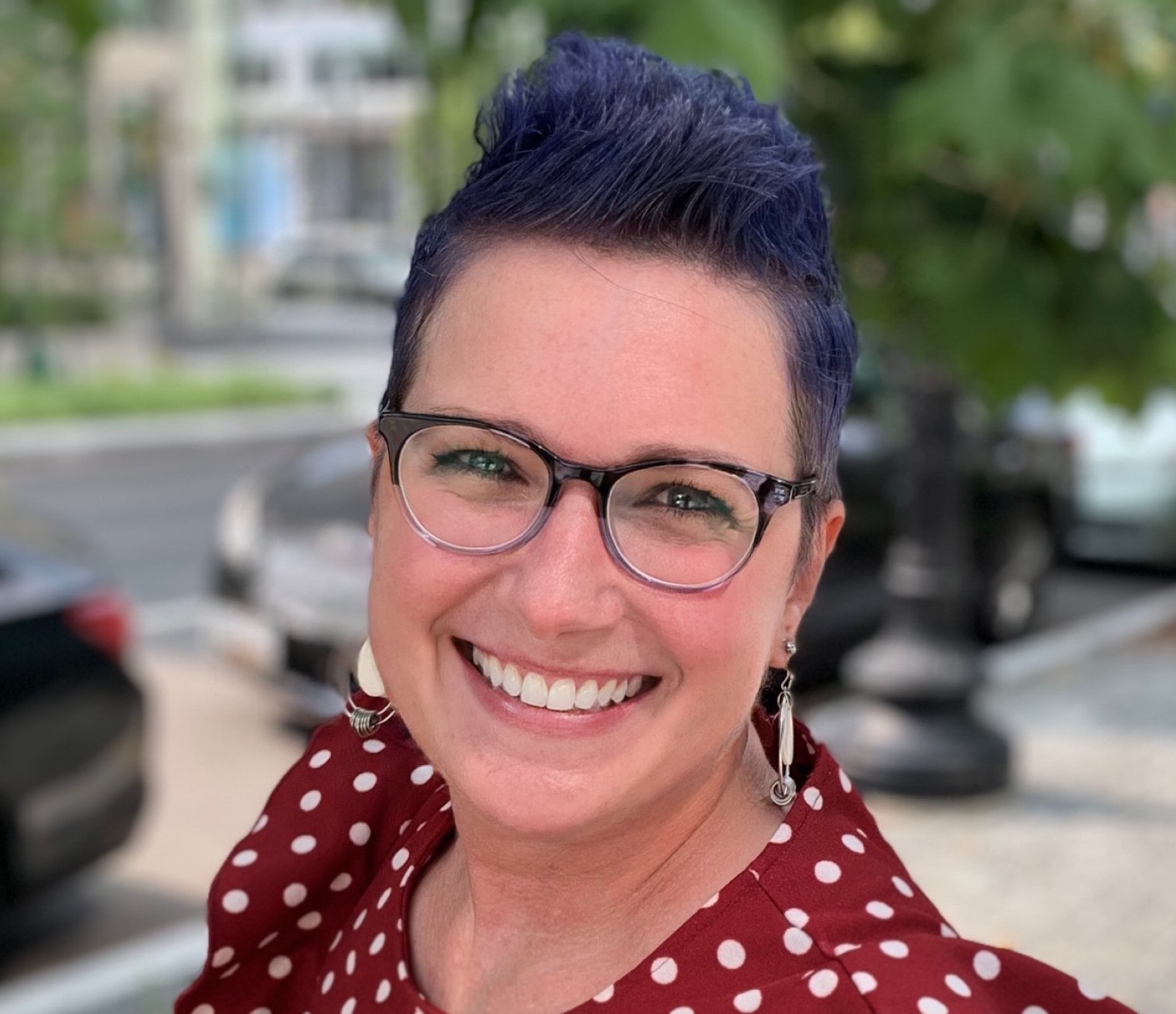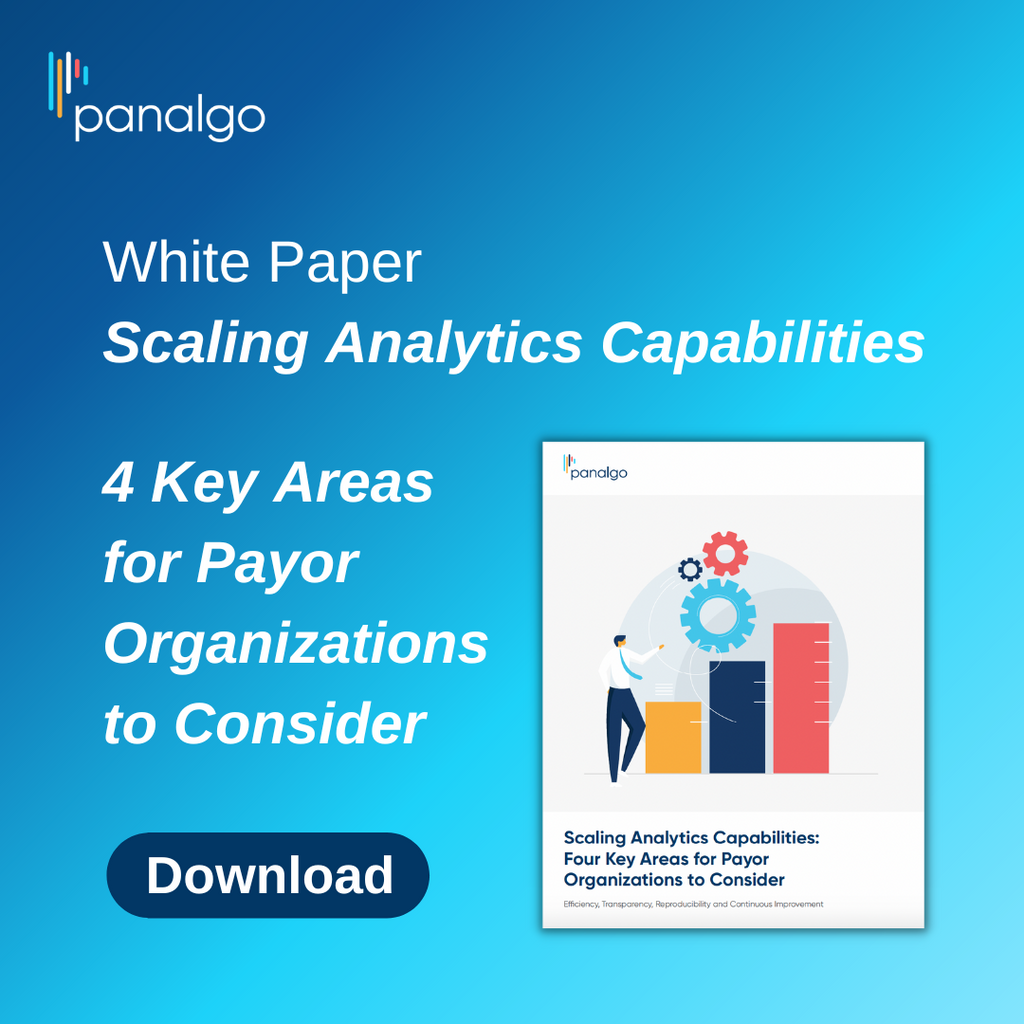Employers Use Carrots, Sticks, Other Tactics to Boost Biosimilar Use
-
May 15, 2025
As fiduciaries, employers must act in the best interests of their employees and plan, but when it comes to biosimilars, some are not fully promoting them over higher-cost, rebatable reference drugs. During a recent webinar hosted by Midwest Business Group on Health (MBGH), employers including United Airlines and Caterpillar Inc. shared details of their successful efforts to move employees onto the cost-saving drugs.
MBGH also unveiled an Employer Action Brief on biosimilars with the same title as the webinar: Improved Adoption of Biosimilars by Employers Matters.
Even though uptake of the agents could be much better, they produced more than $12.4 billion in savings in 2024, according to the Association for Accessible Medicines. Overall, since the first biosimilar launched in the U.S. in 2015, they have produced more than $36 billion in savings and have had more than 344 million patient days of therapy.
In a survey conducted in September and October of 2024 by MBGH and including responses from more than 188 employers, 98% indicated that drug prices posed a significant threat to the affordability of health care. But only 67% said they were promoting and including biosimilars on their formulary, with another 23% considering doing so.
United Airlines is the biggest and fastest growing airline, and it spends almost $300 million per year on medications, “which is not a small amount,” explained its manager of health and wellness design, Dan Dentzer, during the April 10 MBGH webinar. One challenge is that most of the company’s 120,000 employees are in a union, and United can’t just make changes to their contracts, so “we have to do our best to educate them on what is occurring within the formulary.”
He compared United’s biosimilars approach to its experience with generics in the mid-1980s: the “wild, wild West.” In both situations, it wasn’t educating just the unions and the members but also providers, who didn’t have experience with either type of drug. Working with CVS Health’s Caremark, the company manages biosimilars with step therapy, and “we’ve had no noise. It’s not very often I can say that.” United has moved more than 95% of its membership to a biosimilar of AbbVie Inc.’s Humira (adalimumab).
United also works with CVS’s copay maximizer, PrudentRx, which helps the company reduce the cost of a drug as much as 30%, averaging out to around 17.5% to 18% on an annual basis. Plan members get the drug at no cost, and PrudentRx makes a commission off of it as well, so it’s a situation that United has found to be “very advantageous.” Dentzer said the company has saved millions of dollars.
Company Views Biosimilars as Pharmacoequity Issue
Phifer Inc. is headquartered in Alabama, with facilities also in California and Pennsylvania. A midsize employer with about 2,600 employees, the company began working with biosimilars on the pharmacy benefit side a couple of years ago.
The firm offers “a robust on-site health care experience that’s also available through telemedicine to all of our plan members,” explained Russell DuBose, vice president of human resources. In addition, Phifer has registered nurse navigators and advocates to support plan members who are seeing a provider about changing to a biosimilar.
When the company became aware of biosimilars, it viewed them as a pharmacoequity strategy. Members on a specialty drug had a $150 per month copay, which “became a barrier to many of our plan members that required the medications,” he asserted.
Its first effort was around AbbVie Inc.’s Humira (adalimumab), which many of its plan members required. DuBose said that he and his team researched the biosimilars and then went and talked to prescribers to see why they didn’t prescribe them and to understand what their prescribing habits were. DuBose and his team also explained their pharmacoequity challenge: “The drugs are so expensive, it’s creating a burden to the plan member.” Compounding that was the “total spend that hits the plan ultimately is captured in our actuarial analysis that forms the basis of next year’s premiums. I said, ‘You’re harming our plan members by not using biosimilar medications.’”
The employer met with providers several times and ended up selecting the interchangeable biosimilar Simlandi (adalimumab-ryvk) from Alvotech and Teva Pharmaceutical Industries Ltd. subsidiary Teva Pharmaceuticals. But the drug wasn’t on formulary, so Phifer told its PBM that it was adding Simlandi. The PBM’s preference was to add Yusimry (adalimumab-aqvh), which at the time was a product from Coherus BioSciences, Inc. Phifer added both biosimilars and moved to a custom formulary.
The company also eliminated any cost sharing for biosimilars and added them as the first level of step therapy. It gives plan members who start on a biosimilar $500, and those who move from a reference drug to a biosimilar receive $1,000.
None of the plan members remained on Humira, with half going to Simlandi and half to Yusimry.
Phifer has begun executing its strategy around biosimilars of Stelara (ustekinumab) from Johnson & Johnson Innovative Medicine. In May, the company will offer Fresenius Kabi and Formycon AG’s Otulfi (ustekinumab-aauz), which it is getting at a 93% discount to Stelara’s price, and it will offer the same incentives to plan members.
“Thus far, every biosimilar we’ve tried, we’ve had 100% adoption with our plan members,” DuBose revealed. “We do have some plan members on specialty drugs that actually come forward asking when do they get their incentive, and we have to let them know there’s not a biosimilar yet for those drugs.”
The company now is moving into precision medicine, particularly around pharmacogenetics. Every plan member taking a specialty drug will get next-generation sequencing profiles. “We’re trying to make sure that the biosimilar that we’re prescribing is the exact medicine they need that matches their genomic profile for the best possible outcome and the lowest side effects possible.”
With the pharmacogenetics and next-gen sequencing, the company is moving into the medical side, and “now we’re getting after the oncology space,” said DuBose. But so far, “it’s been a significant cost savings for the plan member and certainly for the plan.”
Employer Has Own P&T Committee
For its pharmacy benefit, Caterpillar has an integrated clinical team with both physicians and pharmacists from its consultant, along with its own internal medicine physician and some benefits team members, explained Jason Duhon, director of total rewards in human resources.
The group, which is essentially a pharmacy and therapeutics (P&T) committee, also manages Caterpillar’s formulary, allowing it to include, exclude or prefer biosimilars based on a value assessment that considers safety, efficacy, cost, concentration and interchangeability. In almost all cases the biosimilar is preferred, and the company uses preferential tiering and prior authorization.
Caterpillar obtains biosimilars via its specialty pharmacy, with which it has direct contracts that are negotiated on a cost-plus basis. “We consistently benchmark our costs to make sure we’re getting the most competitive rates by using the cost-plus method, and so far it’s greatly outperformed AWP [average wholesale price] and WAC [wholesale acquisition cost] discount models over the years, and so we’re sticking with that,” he said. “This strategy’s been highly effective, and our biosimilar utilization’s typically in the upper 90% range for most products.”
There are two reasons that have kept that percentage from being 100%, Duhon said. First, at times it didn’t make financial sense to immediately use the biosimilar as soon as it was available, although eventually that did change for most cases. And the second is that the company allows an exception for a person who has a documented adverse event with a biosimilar. That documentation, including an FDA Form 3500, must be provided to stay on the originator drug.
For the Humira biosimilars, in mid-2024 Caterpillar directly contracted with a pharma manufacturer. “We were able to obtain very favorable rates by contracting directly with the manufacturer as opposed to some of the rates that we were seeing that were flowing through the PBM at that time,” noted Duhon.
The company had 300 plan members on Humira who it worked with to switch to a biosimilar. Because Caterpillar has “a long history of educating our employees about all the different drivers of health care, all the different drivers of pharmacy costs,” they understood why the change was needed, there was not any pushback, and the company got 100% conversion, he said.
“These biosimilars are clinically very effective, and really the difference is cost,” maintained Duhon. “And our plan participants understand that if we manage to cost well, that’s reflected back in whether or not we have to make increases on premiums and other plan design features in the future.”
Caterpillar’s costs dropped about 90% from what it had been paying for Humira.
For the medical benefit, the main difference is that the company relies on the insurer and its medical team to assess products’ value. And when biosimilars are the best value, those agents are preferred. In almost all of those situations, biosimilar use is in the upper 90%, with some, such as those referencing Herceptin (trastuzumab) from Genentech USA, Inc., a member of the Roche Group, at 100%.
Members Must Switch Unless Adverse Reaction
Sargento Foods has about 2,500 employees in rural Wisconsin locations, and most of them are on a high deductible health plan, explained Sherri Samuels-Fuerst, vice president of total rewards. The company has pharmacy benefits with the lowest net cost model that has a biosimilar-first strategy. It works with a fully transparent PBM, which manages Sargento’s formulary.
About five years ago, biosimilars of Amgen Inc.’s Neulasta (pegfilgrastim) and Neupogen (filgrastim) and Sanofi’s Lantus (insulin glargine) became the first of those agents that the company began using. It leverages its PBM to make sure it is managing and communicating with patients and providers, and transitioning people to biosimilars.
Similar to Caterpillar’s approach, plan members must move to a biosimilar unless there is an exception for an adverse reaction. When the Humira biosimilars first were available in 2023, people had to transition from the reference drug on July 1.
“We only had a couple dozen [members] on Humira, but clearly a couple dozen is a huge savings,” said Samuels-Fuerst.
The same thing will happen this July 1 with the Stelara biosimilars, six of which had launched this year by early May (with a seventh, Imuldosa (ustekinumab-srlf) from Intas Pharmaceuticals, Ltd. division Accord BioPharma, Inc., cleared to launch on May 15). Sargento’s PBM already has sent out letters to providers and patients notifying them of the upcoming change.
Her company also offers a pharmacogenetic program that is available on an opt-in basis. And it has an on-site health and wellness center, where a medical director ensures that all nurse practitioners and providers are educated on Sargento’s initiatives and strategies.
This article was reprinted from AIS Health’s monthly publication Radar on Specialty Pharmacy.
© 2025 MMIT












